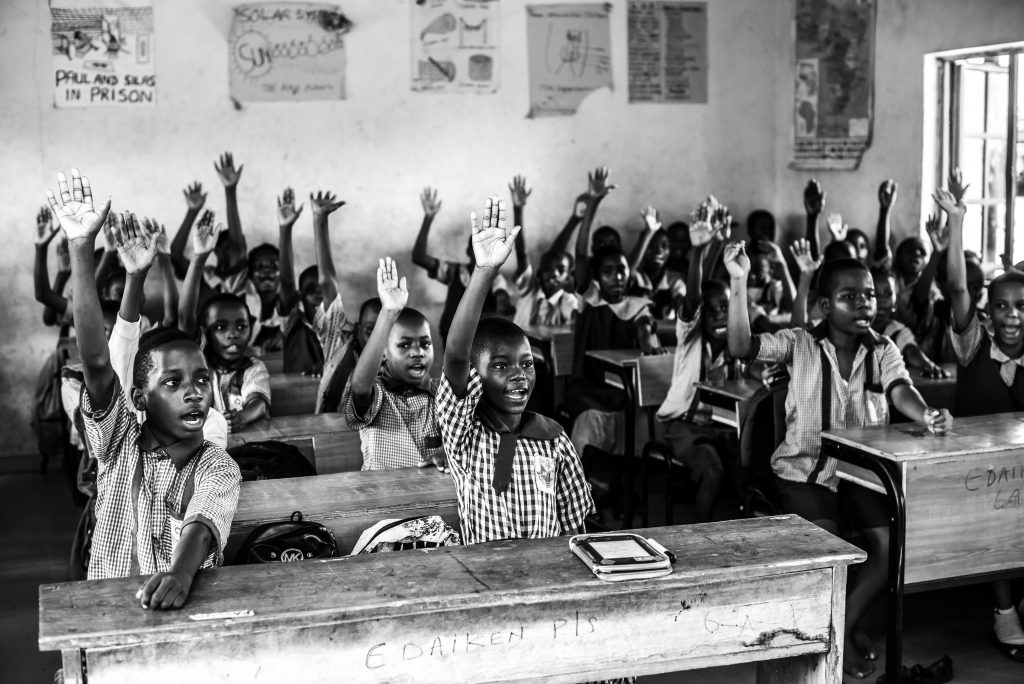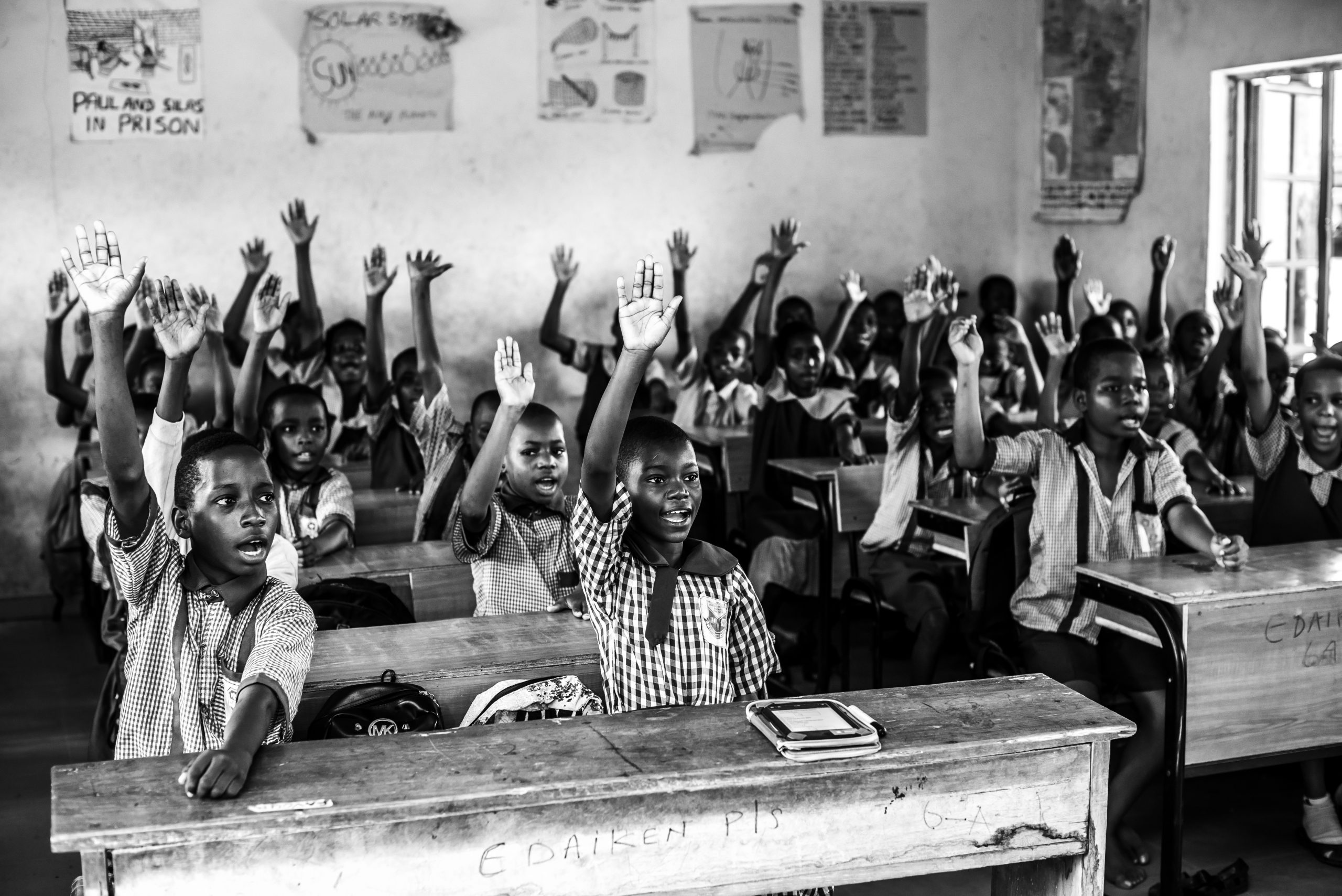Harnessing low-tech ideas to help solve the learning crisis
Faith is a Grade 3 pupil at a Bridge Kenya community school in rural Siaya. Like most households in the village, Faith’s family have no computer or internet access at home, although Faith’s mother does own a smartphone. When the COVID-19 pandemic hit in 2020, Faith’s school closed indefinitely. Worried that her child would fall behind, Faith’s mother insisted that Faith complete exercises from her homework book every day. As the weeks went on, however, Faith ran out of content to study at home. This story was inspired by the testimonies of many real children who lacked the resources needed for successful remote learning.
Children’s learning losses caused by extended school closures may have profound long-term effects. These are especially pronounced in low-income countries with limited household access to internet and technology and are accelerating the global learning crisis. In the developed world, measures have been taken to mitigate learning losses, ranging from providing online study materials to creating virtual classrooms. However, little has been done to address the challenges faced by around two thirds of the world’s school-age children who lack adequate access to technology. What lessons can we learn from the educational innovations that have emerged from this pandemic? And how can we harness these ideas to move closer towards solving the learning crisis? The answer lies in low-tech, accessible solutions to reach the pupils most affected by the crisis.
“Children’s learning losses caused by extended school closures may have profound long-term effects.”
What tools are needed to bridge the digital divide?
Shortly after schools closed because of the pandemic, a number of EdTech tools were employed to help learners in low- and middle-income countries. These included educational television and radio programmes, digital learning resources, SMS messages, and phone-based tutoring. While some of these interventions were successfully tested in NewGlobe schools, their reach remained limited.
At NewGlobe, in partnership with governments, we set up a free, interactive mobile quizzing platform in an effort to reach a large number of students and tackle the digital divide. Most remote, online learning resources used by schools around the world are of limited value in areas with low rates of computer ownership and internet access. Rates of phone ownership are higher in those regions, opening the door to a more promising approach. We were therefore able to step into a ‘low-data space’ between analog solutions, such as in-person tutoring, and remote learning that relies on new apps or online programmes. We used WhatsApp, a popular messaging medium with low data costs, and two-way SMS to reach families with varying access to technology.
The mobile platform offers multiple-choice quizzes for each grade level, covering four subjects: English, maths, science, and social studies. Unlike more ‘global’ tools, it is tailored to the national curriculum of each country we work in – Kenya, Liberia, Nigeria, Uganda, Rwanda, and India. Since the launch of the platform in 2020, we have been tracking the number of users and quizzes taken, as well as collecting parent and pupil feedback to improve the interface, enhance the user experience, and maximise learning. Based on user responses, we recently added a tutorial at the start of each quiz that provides an overview of the topic and describes the skills required to complete the quiz. We’ve also added detailed feedback on incorrect responses to help users learn from their mistakes.
“We need to capitalise on innovations prompted by the COVID-19 school closures to design learning opportunities which can bridge the educational and digital divides and bring us closer to solving the global learning crisis.”
We initially introduced the mobile quizzing platform as a stopgap measure to minimise learning losses during lockdowns and give children confidence as they returned to the classroom. However, users have continued to remain engaged, and we now plan to use the platform even beyond lockdowns. Pupils have used the quizzes for revision and extra practice, with spikes in usage during school breaks. We need to capitalise on innovations prompted by the COVID-19 school closures to design learning opportunities which can bridge the educational and digital divides and bring us closer to solving the global learning crisis. Low-tech solutions can help children like Faith to overcome the learning losses they suffered during lockdowns.
While the COVID-19 pandemic has disrupted education in an unprecedented way, it has also served as a wake-up call to address the ongoing learning gap between those who have ready access to technology and those whose access is limited. Innovative solutions are urgently needed. We hope to see many more low-tech tools adopted as part of a concerted effort to solve the global learning crisis.
Read the original article, published July 24, 2019 on Bold.Expert

